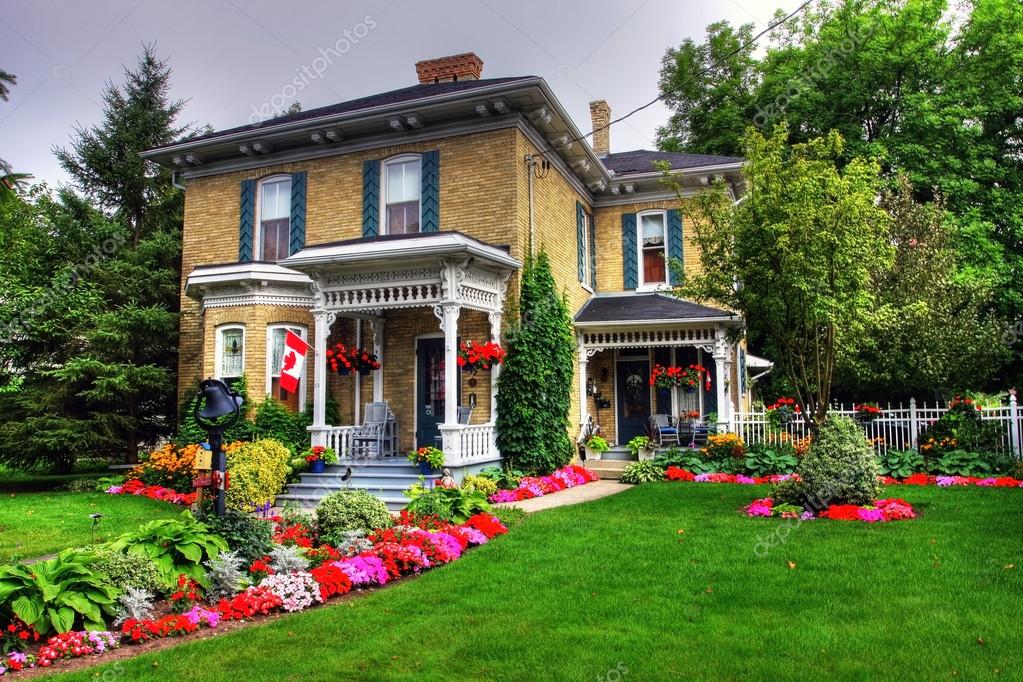The cultivation of Hemerocallis (Day Lily) is an international phenomenon, with up to 60,000 varieties grown from zones 1 to 11. The wide variety of daylilies available, coupled with their ease of growth and their distinctive flower and foliage characteristics, make them contenders for the title of “perfect garden perennial”. Generally speaking some people prefer to buy indoor plants just to fill up the decoration purpose at home.
Daylily – The Perfect Perennial
What makes daylilies the perfect perennial?
- Individual daylily blooms only last one day, but the plant makes up for that by the profusion of flower buds on one stalk, and the prolific number of stalks making up one plant. Because of this, many daylily varieties bloom for two to three weeks, with some blooming much longer. Others even have several flowering periods. And many modern varieties have flowers that last for more than one day.
- Daylilies come in all shapes and sizes, and every color and combination of colors in the rainbow. Finding the perfect daylily for a design solution is not a problem. Mining through the vast selection to uncover that perfect gem might very well be.
- Hemerocallis varieties require little care, and can survive a range of climatic, soil and light conditions.
- Few pest and disease problems affect daylilies, and even though for the most part they like full sun and moist, fertile soil, some varieties do just fine in shade, and are drought tolerant.
- Gardeners can choose from a host of daylily varieties and have color in their landscapes from late spring through fall.
Using Daylilies in the Landscape
Designing with daylilies is easy, and in many garden situations daylilies are right at home. According to the American Hemerocallis Society, gardeners can utilize daylilies
- to showcase bright, vibrant colored blossoms in the foreground of a bed backed by evergreen shrubs
- to complement the colors of flowering shrubs or other perennials
- to do their part in a successional, seasonal color scheme
- present a splash of deeper color (such as purples and reds) against a lighter architectural element like a white stucco wall or a picket fence
- to create late-season color with re-blooming varieties
- in a formal English garden, or a more informal cottage garden
- for instant effect by planting them in containers
- control erosion and stabilize slopes
Some Common Daylily Varieties
- Hemerocallis fulva ‘Europa’ – Roadside Daylily. This orange blossomed daylily is commonly seen alongside roadways, hence its name. It’s easily divided and grows in sun or shady conditions. Should be controlled as it can become invasive.
- Hemerocallis ‘Buttered Popcorn’ – this fragrant yellow beauty attracts humming birds and butterflies and flowers first in mid-summer, then continues to re-bloom.
- Hemerocallis ‘Stella de Oro’ – grows well in all zones and sports yellow flowers from late sprint through fall. At 10″ to 12″, Stella de Oro is great for use in massing or as a ground cover.
- Hemerocallis ‘Barbara Mitchell’ – this taller daylily has soft, pink blooms and a vigorous growth habit. Grows well in dappled shade or sun.
Daylilies work well in countless garden situations, and hybrids are appearing on the market all the time. Gardeners willing to navigate the vast sea of daylily varieties can discover easy-grow, adaptable treasures that will be right at home gardens.
Dayllilies are, indeed, the perfect garden perennial.

